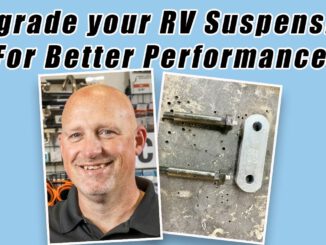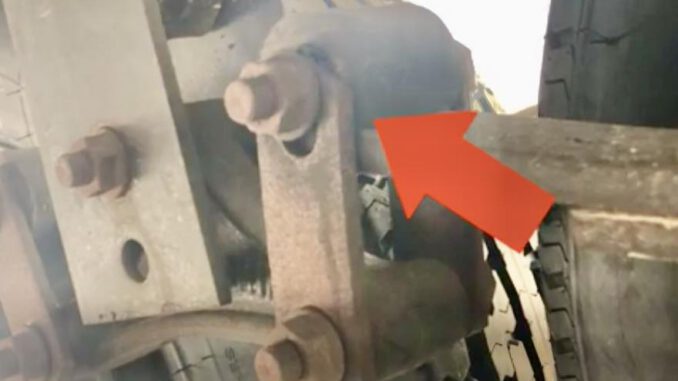
There’s a lot riding on your RV’s suspension—literally. While many RV owners keep a close eye on tires, brakes, and axles, one small but essential component often goes overlooked: the shackle links and bushings.
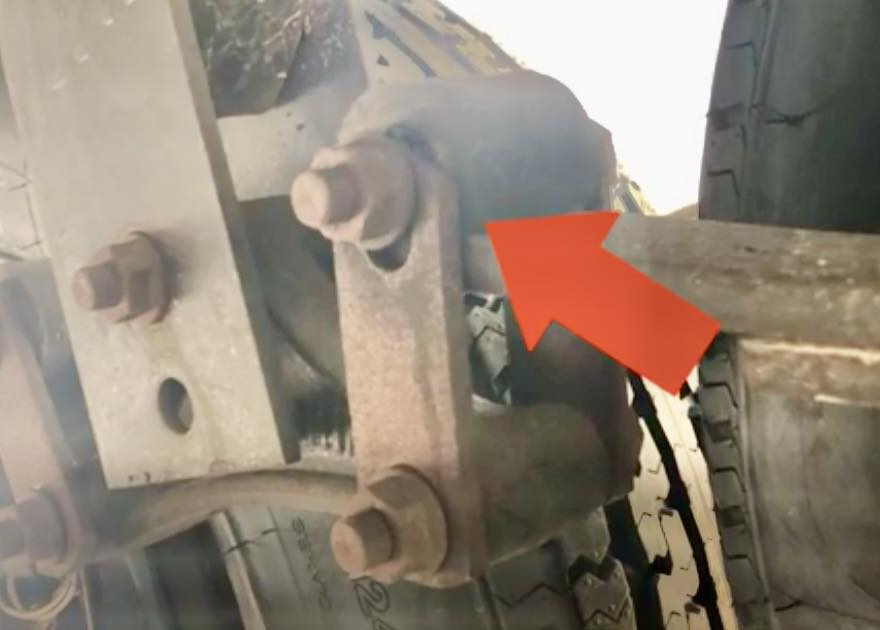
Though they may seem like minor parts, these components play a critical role in the safety, performance, and longevity of your travel trailer or fifth wheel. At California RV Specialists, we’ve seen firsthand what happens when shackle links and bushings are neglected—and it’s rarely good.
By Dustin Simpson – California RV Specialists
Why Are Shackle Links and Bushings So Important?
These parts are a vital connection point between your trailer’s leaf springs and frame. They allow for controlled movement and flexing as your RV travels over bumps, dips, and uneven surfaces. The bushings absorb shock and prevent metal-on-metal contact, while the shackle links enable the leaf springs to move freely with the motion of the road.
Over time, and especially under the weight of constant travel, these components wear down. Exposure to moisture, road grime, and temperature changes only accelerates the process.
What Happens When You Don’t Inspect Them?
When these components fail—or even become excessively worn—the consequences can range from inconvenient to dangerous:
- Handling and Steering Problems: A worn or broken shackle can throw off your trailer’s alignment, making it harder to control.
- Excessive Tire Wear: Misaligned axles can wear tires unevenly, reducing their lifespan and increasing the risk of blowouts.
- Suspension Collapse: In severe cases, a complete failure can cause part of the suspension to collapse or detach, leading to major damage—or worse, a crash.
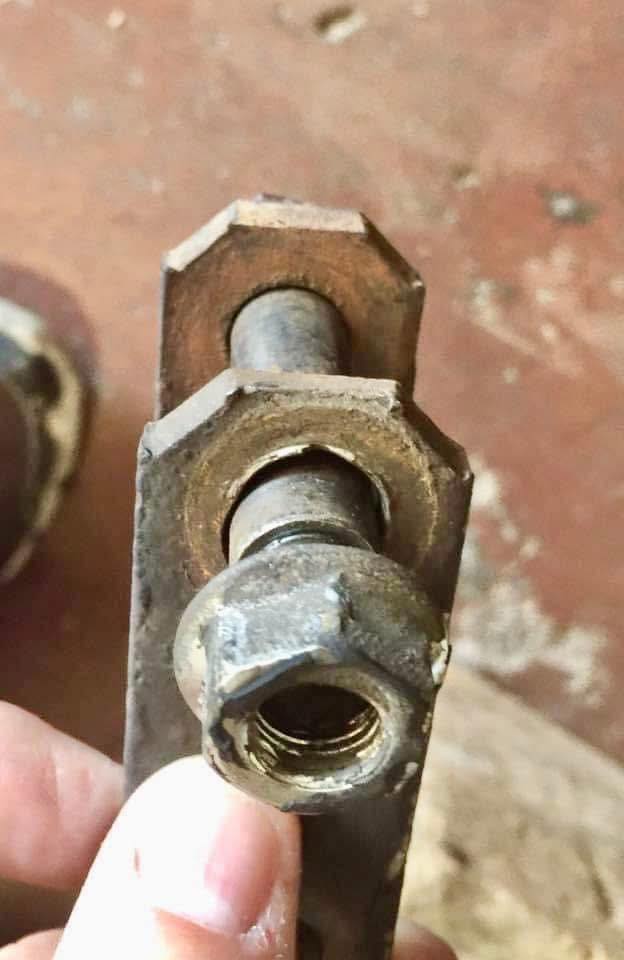
The bottom line? A few dollars in preventive maintenance can save you thousands in repairs—or a ruined trip.
How Often Should You Inspect or Replace Them?
At least once a year or every 5,000–7,000 miles
This is a general guideline for RVers who use their trailers under normal road conditions.
Inspect more often if you travel off-road or on rough terrain
The more flex and stress your suspension experiences, the faster components wear out. If you’re regularly boondocking, climbing mountain grades, or traversing gravel roads, increase your inspection frequency.
Warning Signs of Wear or Failure
Here’s what to look (and listen) for:
- Visible Elongation or Cracks in the shackle link holes
- Dry, cracked, or missing bushings
- Rattling, clunking, or squeaking noises from the suspension
- Unusual tire wear patterns or inconsistent ride height
- Looseness or excessive movement in the leaf spring area during inspection
If you notice any of these symptoms, don’t wait—get your RV in for a suspension check.
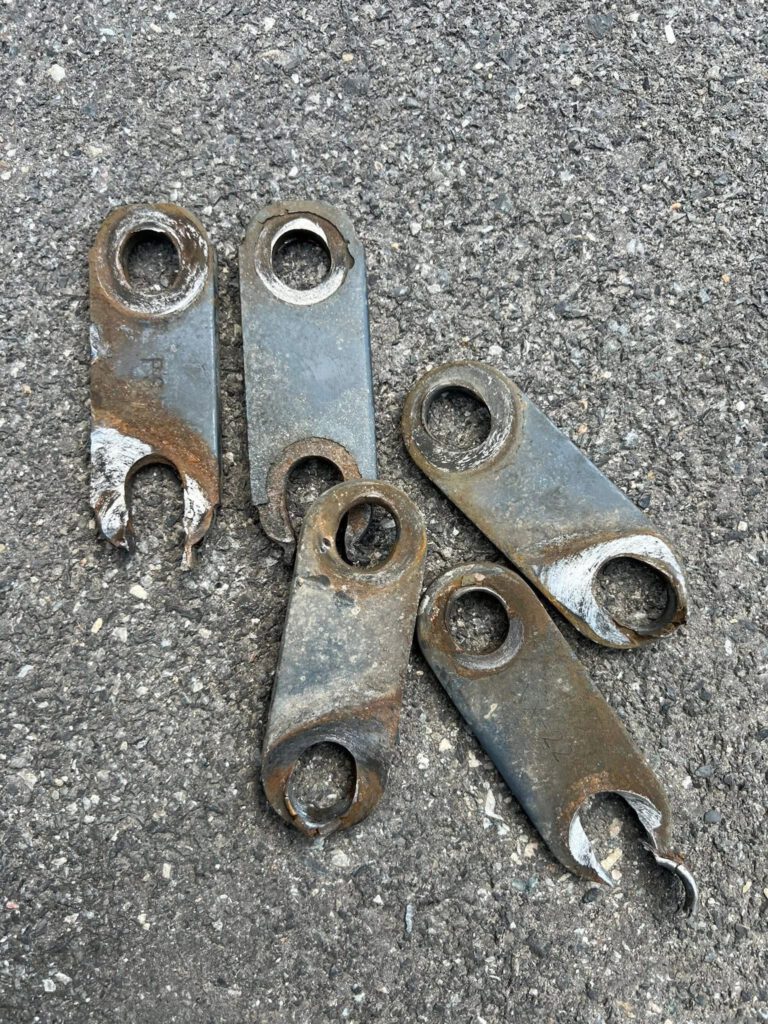
My Final Thoughts
At California RV Specialists, we believe that peace of mind on the road starts with good maintenance in the shop. Shackle links and bushings are a small investment of time and cost, but they’re a huge part of keeping your RV tracking straight and traveling safely.
So before your next trip—or even your next oil change—add suspension inspection to your checklist. If you’re not comfortable doing it yourself, schedule a service with a qualified RV technician.
When these components are ignored, they don’t just wear out quietly—they fail loud, fast, and sometimes dangerously. Don’t let a simple oversight cut your adventure short.
Safe travels, and we’ll see you on the road.
More from Dustin
Make sure you check out my website, California RV Specialists, and our YouTube channel for more helpful information, and see our published articles on RVtravel.com and other social media pages.

